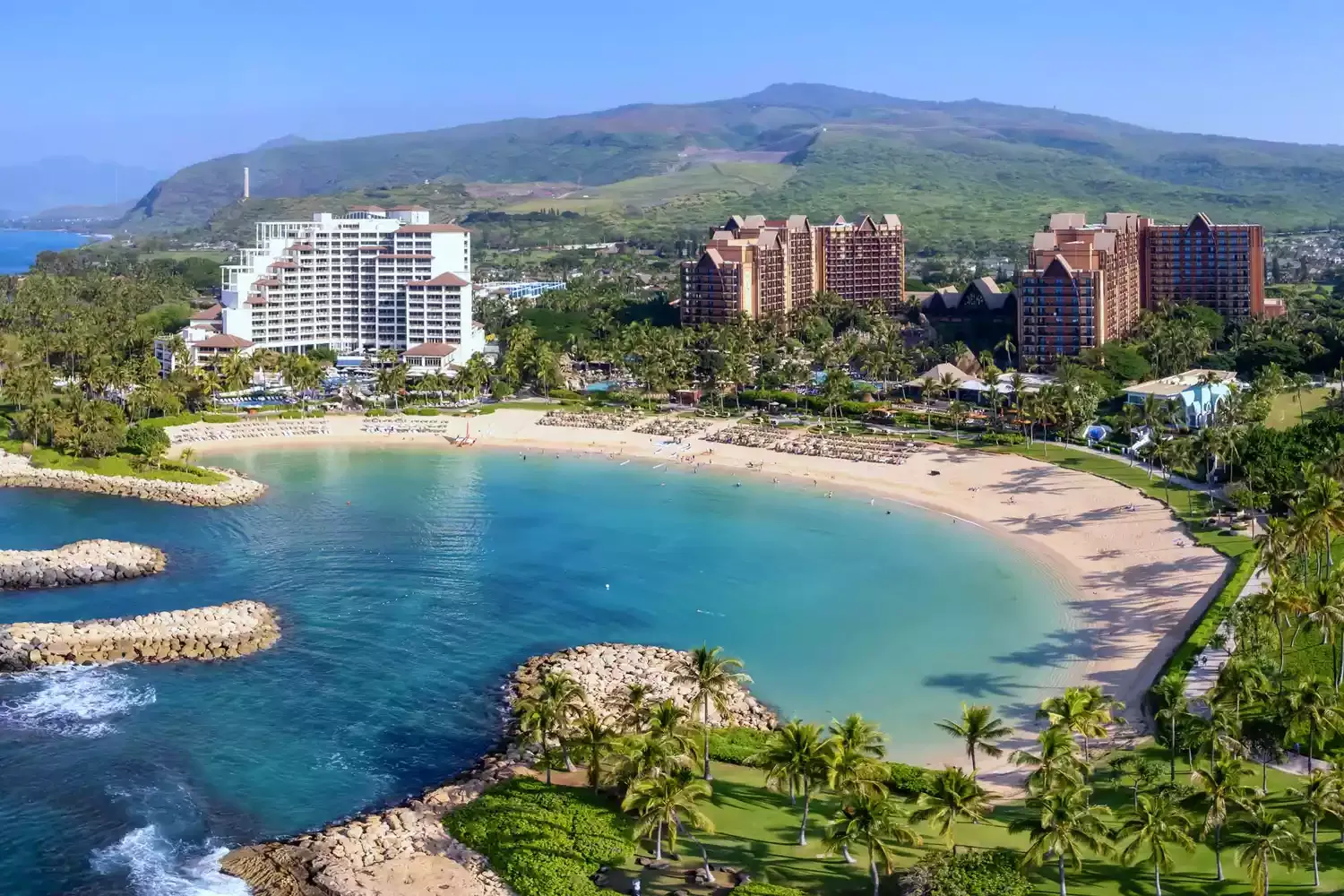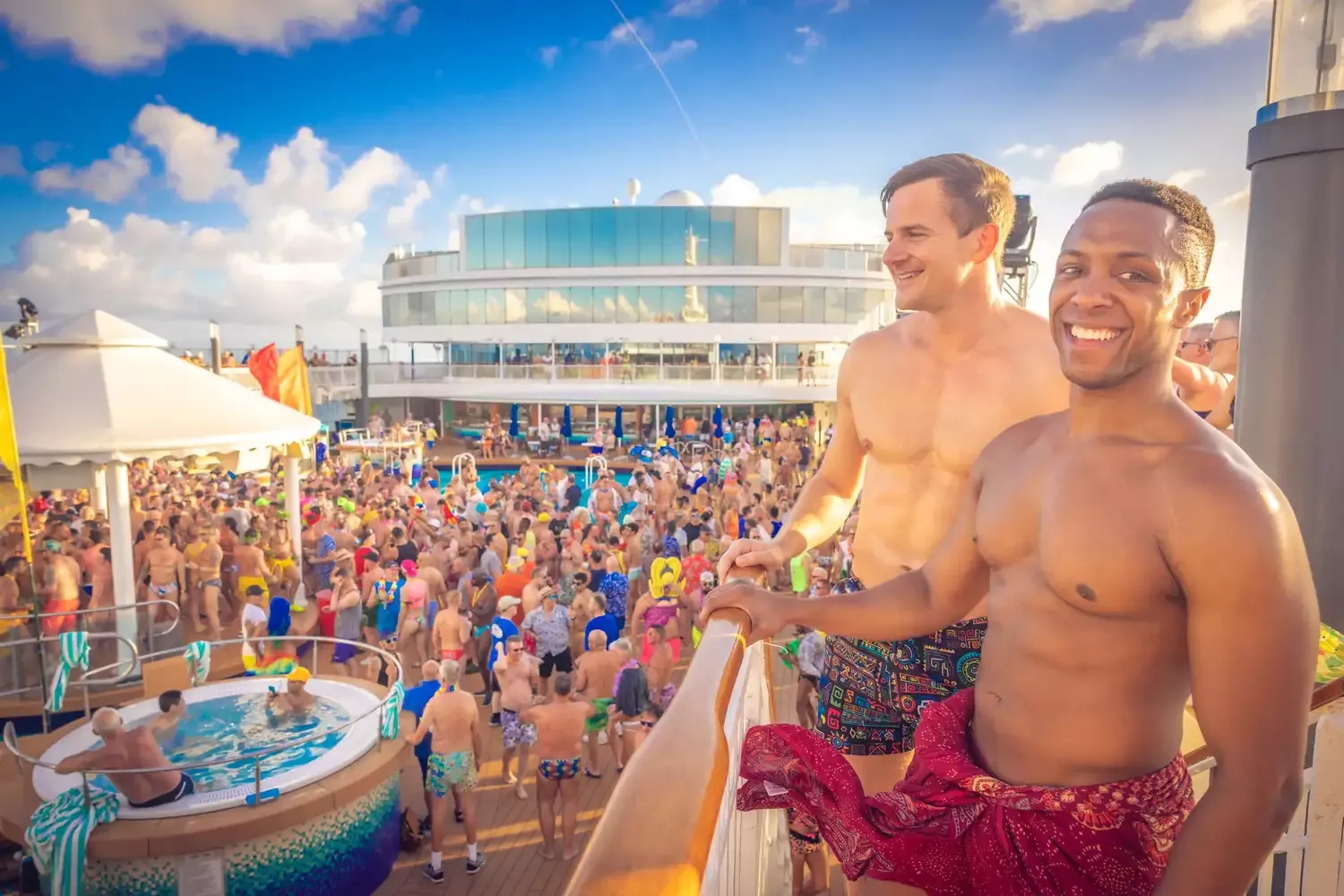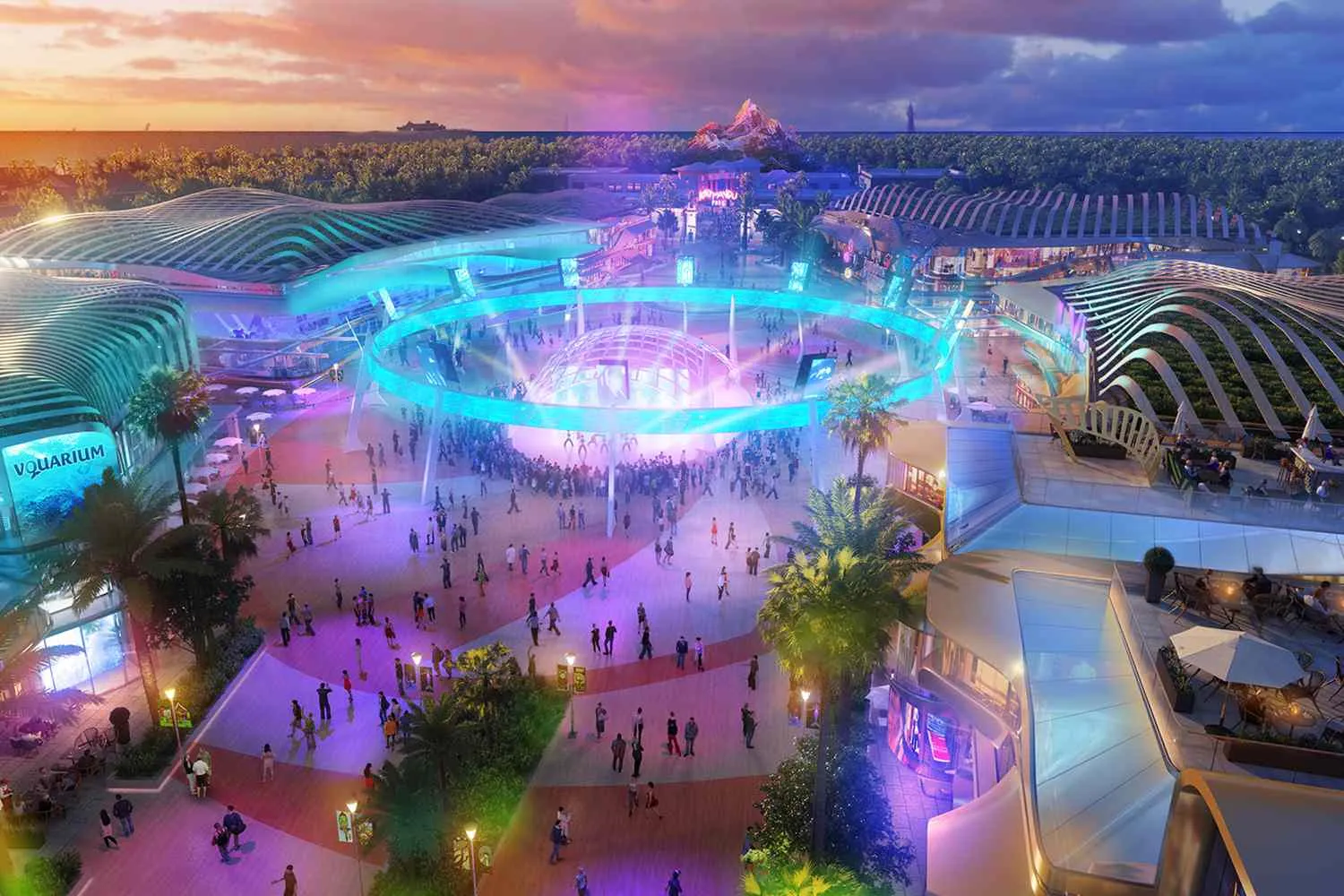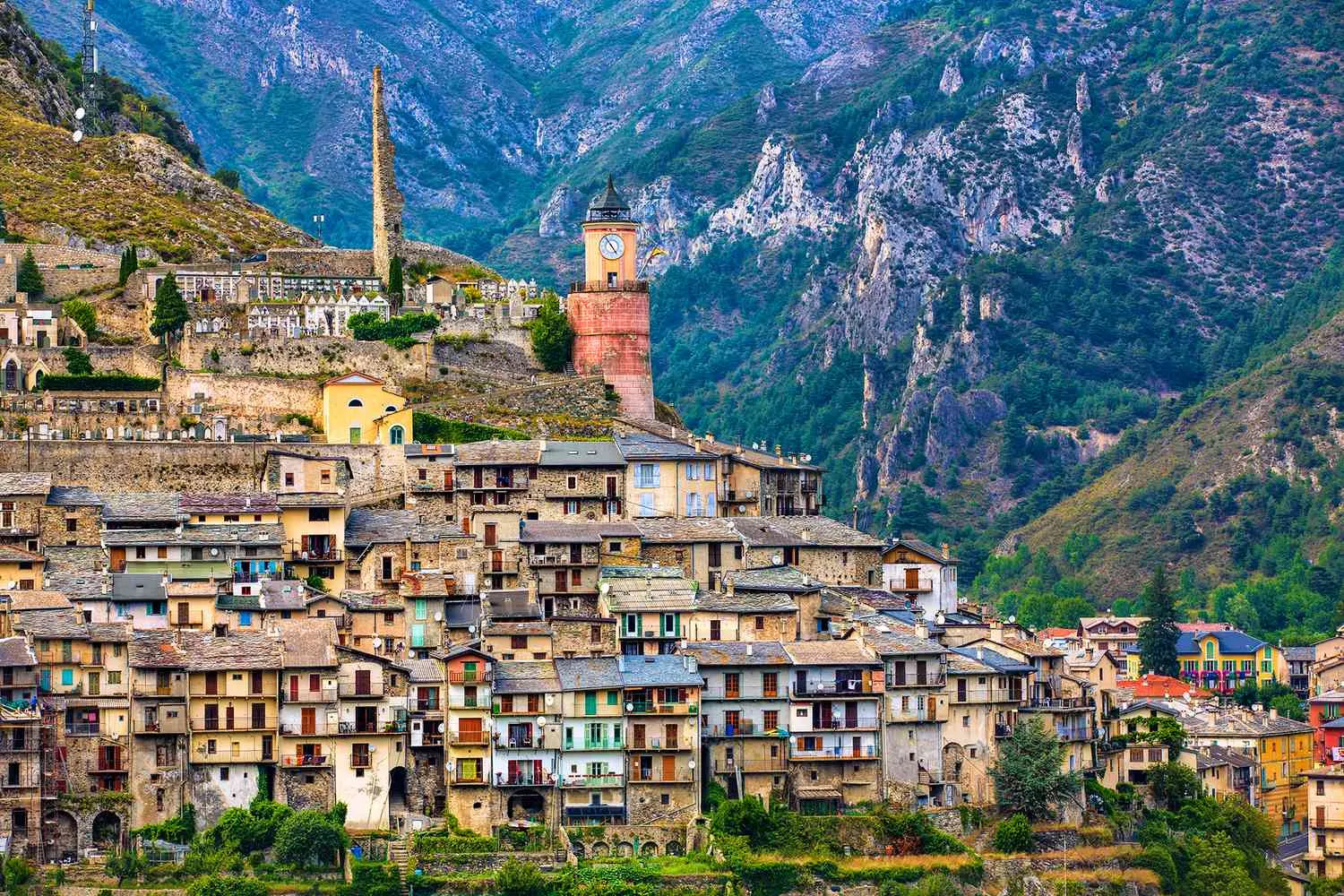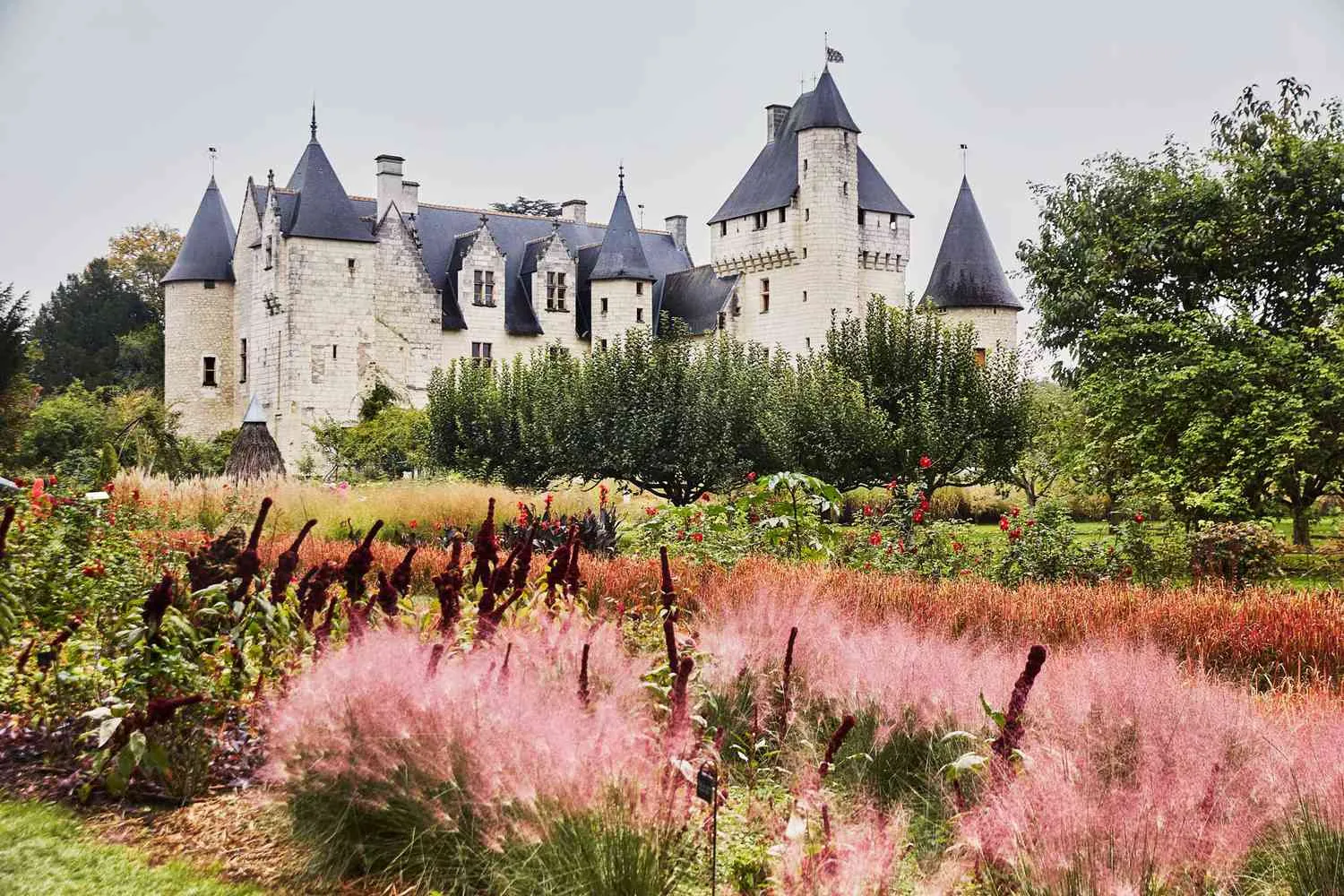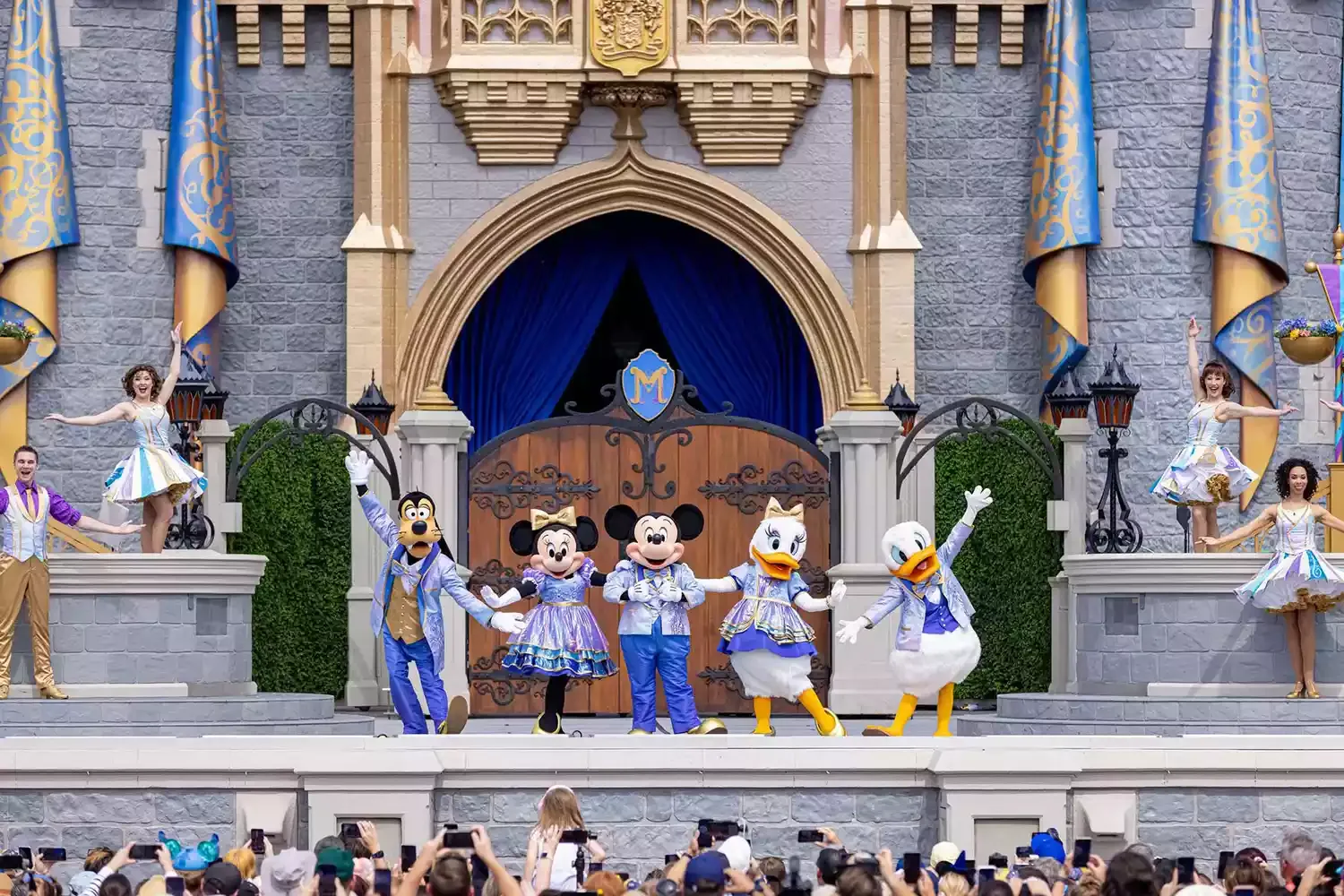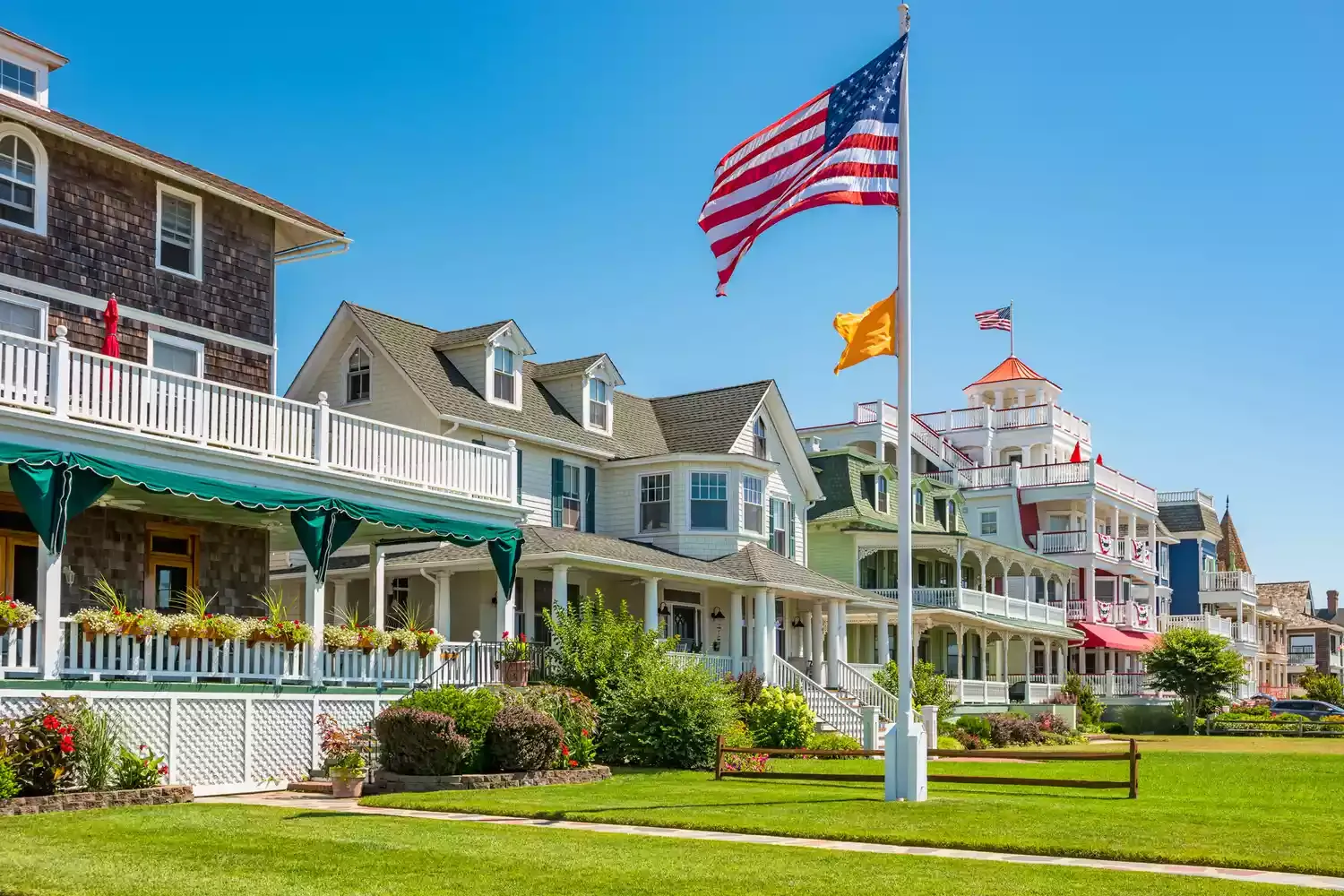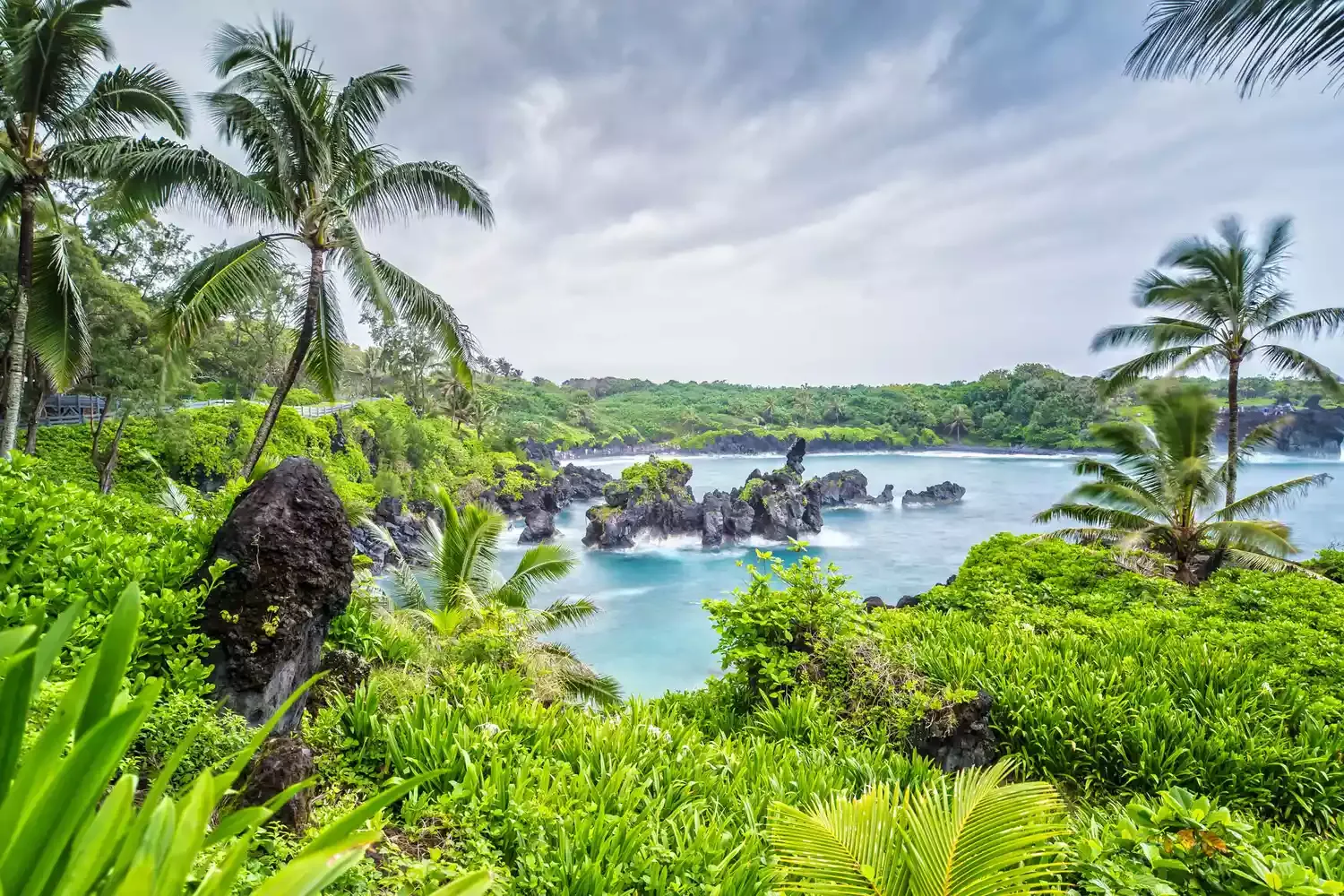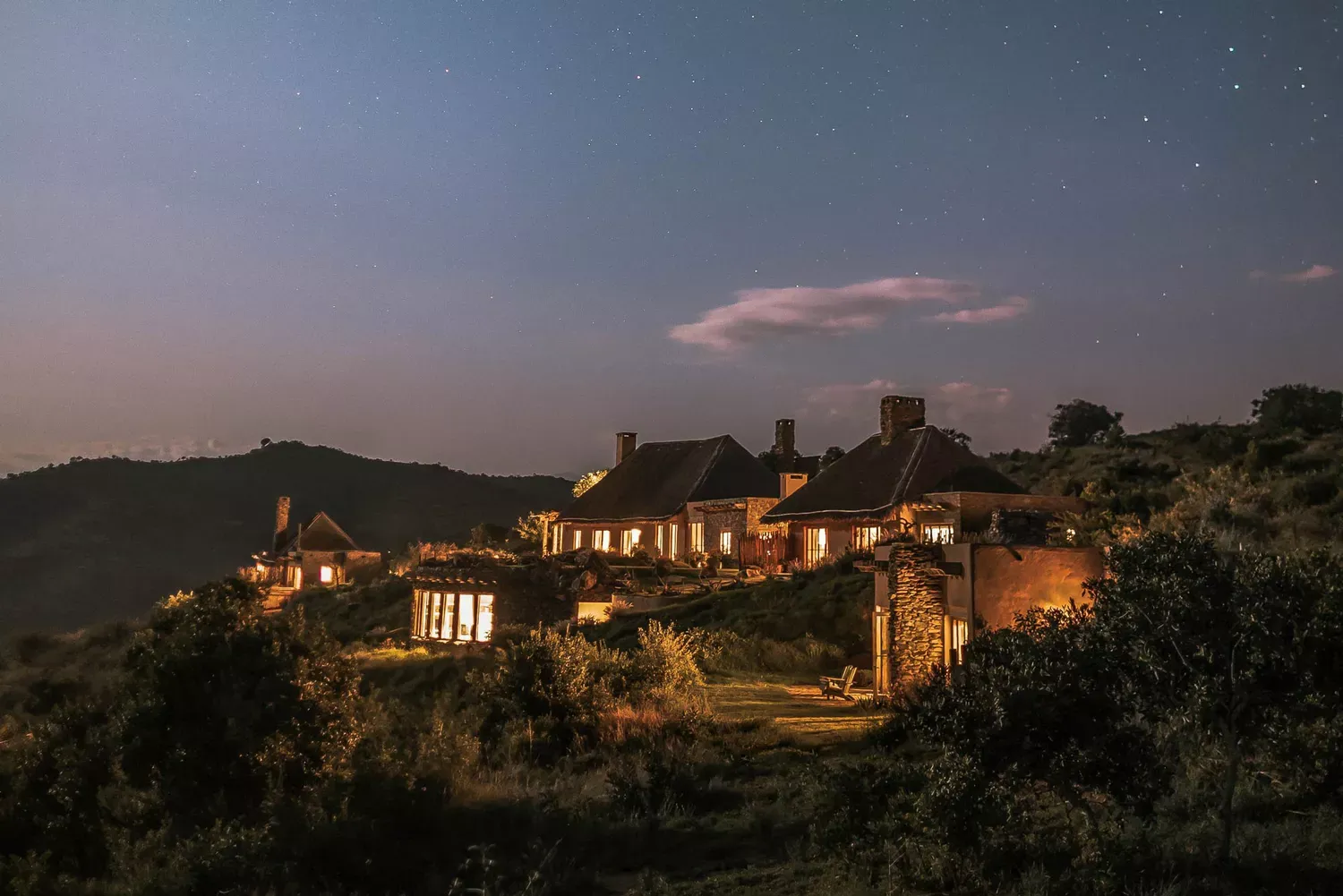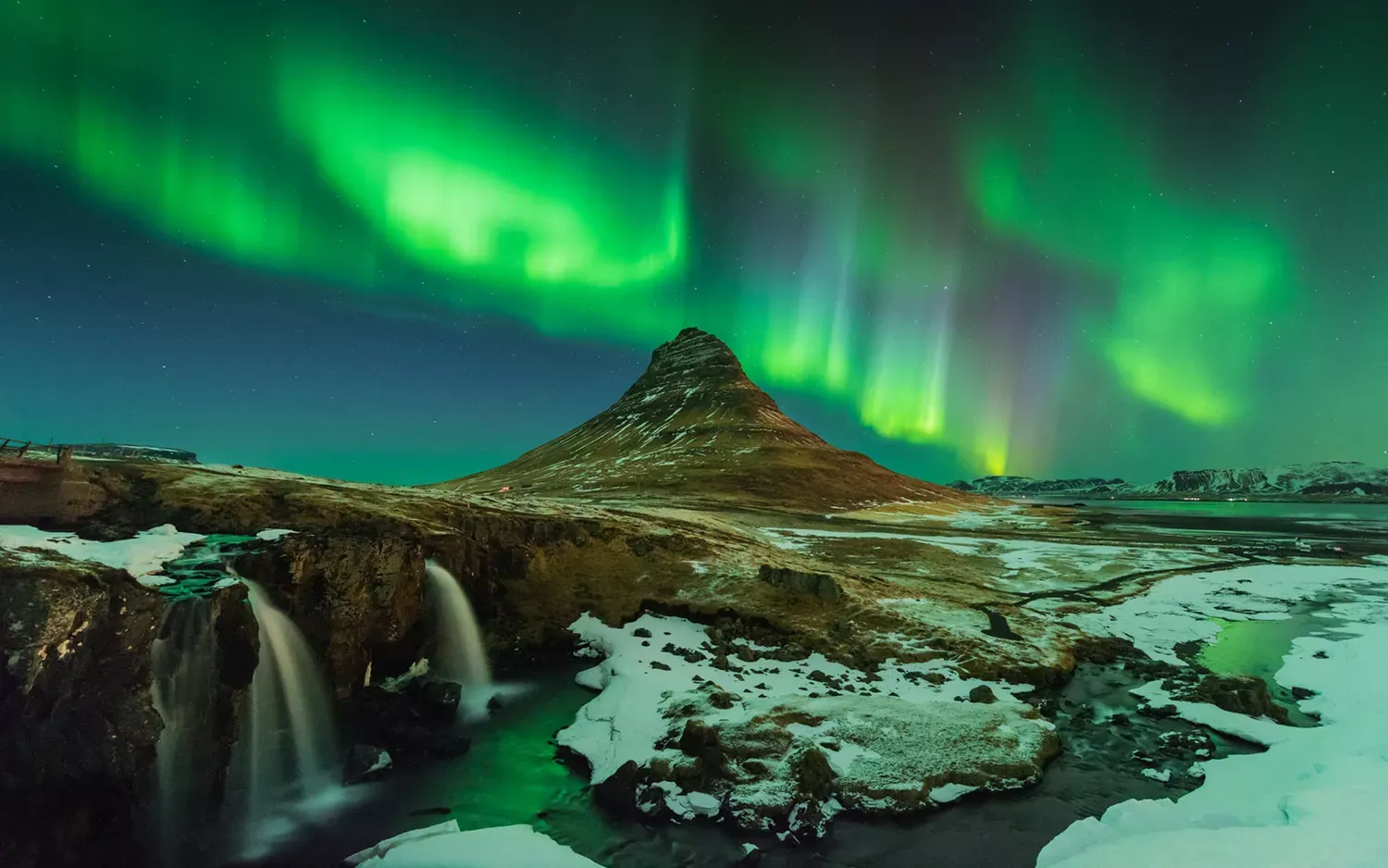
Chasing the elusive Aurora Borealis in Iceland requires patience and planning. Optimize your chances by visiting during winter months, escaping city light pollution, and monitoring the Aurora forecast. Consider joining a guided tour for expert knowledge and transportation. Remember to pack warm layers, including a tripod for capturing stunning night photography. Clear skies and a high Kp-index are your best friends in this unforgettable arctic adventure.
Understanding the Aurora Borealis
The Northern Lights are a natural light display in the sky, predominantly seen in the high-latitude regions (around the Arctic and Antarctic). They are caused by collisions between electrically charged particles released from the sun that enter the Earth's atmosphere and collide with gases such as oxygen and nitrogen. These collisions result in countless little bursts of light, which collectively form the aurora.
Prime Time for Aurora Hunting in Iceland
The best time to see the Northern Lights in Iceland is during the winter months, from September to April. This is when the nights are long and dark, which is crucial for visibility. While you might occasionally glimpse the aurora in late August or early May, your chances are significantly higher during the peak season. The absolute darkest hours, usually between 10 PM and 2 AM, are often the most promising.
Key Factors for Aurora Viewing
Several factors influence your ability to witness the Aurora Borealis. Here's a breakdown:
Darkness: The darker the sky, the better. Light pollution from cities and towns can significantly diminish the visibility of the Northern Lights.
Clear Skies: Cloud cover is the aurora hunter's nemesis. A clear, unobstructed view of the sky is essential.
Solar Activity: Increased solar activity means a higher chance of seeing a stronger and more vibrant aurora.
Kp Index: The Kp index measures the disturbance of the Earth's magnetic field. A higher Kp index generally indicates a stronger aurora and the possibility of seeing it at lower latitudes.
Best Locations in Iceland to See the Northern Lights
While the Northern Lights can potentially be seen anywhere in Iceland away from significant light pollution, some locations offer better viewing opportunities than others. Here are a few popular choices:
Þingvellir National Park: Easily accessible from Reykjavik, this national park offers vast, open landscapes and minimal light pollution.
Reykjanes Peninsula: Located southwest of Reykjavik, this peninsula boasts dramatic coastlines and geothermal areas, providing stunning backdrops for the aurora.
Snæfellsnes Peninsula: Known as "Miniature Iceland," this peninsula offers diverse landscapes, including mountains, lava fields, and coastlines, all perfect for aurora viewing.
Westfjords: This remote region in northwestern Iceland offers unparalleled darkness and stunning fjord landscapes, making it an ideal location for Northern Lights hunting.
North Iceland (Akureyri, Lake Mývatn): Northern Iceland generally experiences clearer skies than the south, making it a prime destination for aurora viewing.
Tools and Resources for Aurora Hunting
Several online tools and resources can help you plan your Northern Lights adventure. These provide invaluable information about weather conditions, solar activity, and aurora forecasts:
Icelandic Meteorological Office (Vedur.is): Provides real-time weather forecasts, cloud cover maps, and aurora forecasts.
Aurora Forecast Websites (e.g., SpaceWeatherLive): Offer Kp index predictions and other data related to solar activity.
Aurora Alert Apps (e.g., Aurora Forecast): Send notifications when aurora activity is high in your location.
Planning Your Northern Lights Trip: The Checklist
To ensure you have the best possible experience, consider the following checklist when planning your Northern Lights trip to Iceland:
Here is a table to help you plan:
Preparation Step |
Description |
Importance |
|---|
Choose the Right Time |
Travel between September and April for the longest nights. |
Critical |
Monitor Weather and Aurora Forecasts |
Use Vedur.is and aurora forecast websites to track cloud cover and solar activity. |
Critical |
Escape Light Pollution |
Venture outside of cities and towns to dark locations with unobstructed views. |
Critical |
Dress Warmly |
Icelandic winters are cold! Layer up with thermal underwear, fleece jackets, and waterproof outer layers. Don't forget hats, gloves, and scarves. |
Critical |
Bring a Camera |
Capture the magic of the Northern Lights with a camera capable of shooting in low light conditions. A tripod is essential for sharp images. |
Highly Recommended |
Be Patient |
The Northern Lights can be elusive. Be prepared to wait, and don't get discouraged if you don't see them immediately. |
Essential |
Consider a Tour |
Experienced guides can take you to the best viewing locations and provide valuable insights about the aurora. |
Optional, but Recommended |
Photography Tips for Capturing the Aurora
Photographing the Northern Lights requires some specific settings on your camera. Here are a few tips:
Use a wide-angle lens: To capture as much of the sky as possible.
Set a wide aperture (low f-number): Such as f/2.8 or lower, to allow more light into the camera.
Use a high ISO: Start with ISO 800 or 1600 and adjust as needed, balancing brightness and noise.
Use a long exposure time: Experiment with shutter speeds between 10 and 30 seconds.
Use manual focus: Focus on a distant star or use infinity focus.
Use a tripod: Essential for sharp images during long exposures.
Enjoy the Magic
Seeing the Northern Lights in Iceland is an incredible experience that will stay with you forever. Remember to be patient, dress warmly, and embrace the magic of the Arctic night. Good luck with your aurora hunting adventure!



